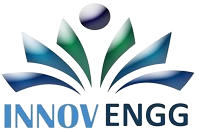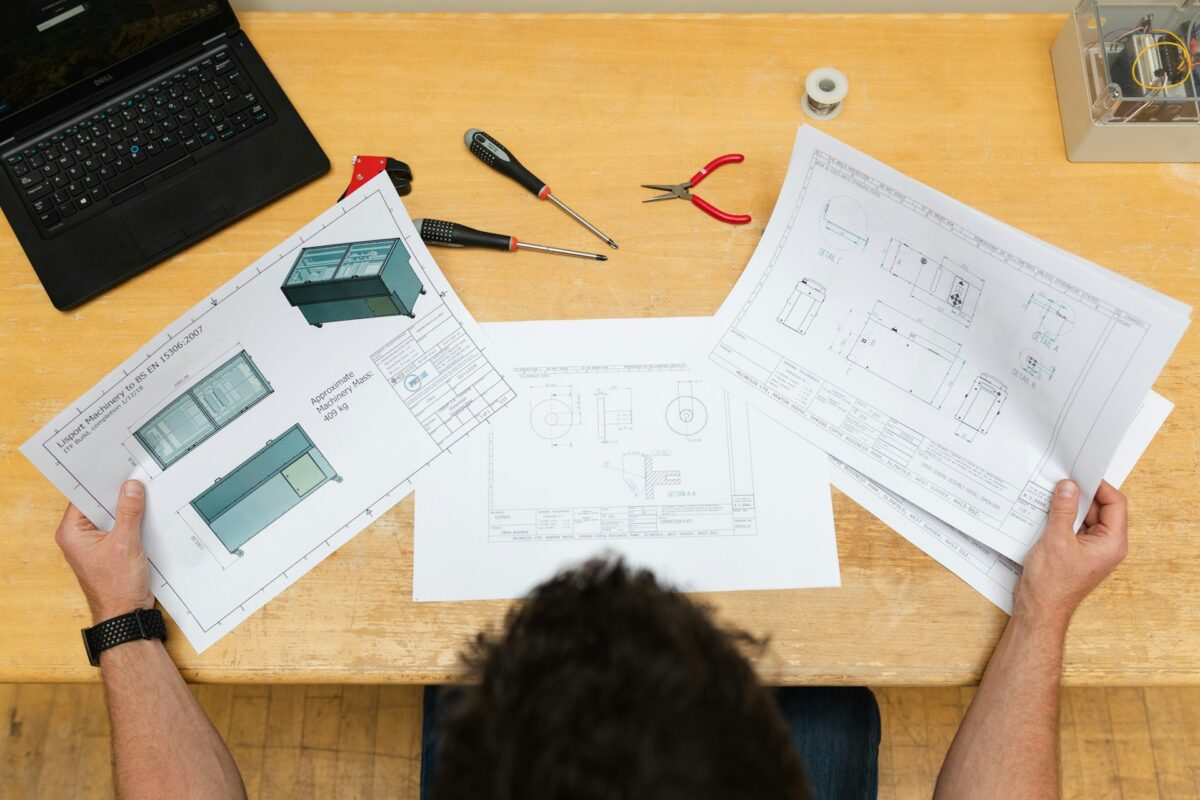Imagine pouring millions of dollars into a groundbreaking engineering project only to discover halfway through that the design isn’t manufacturable, the costs have doubled, or regulatory barriers make it unviable. These kinds of costly setbacks are far more common than many organizations realize, and most of them share one root cause: skipping the feasibility study.
A feasibility study in engineering is a structured assessment of whether a project is technically achievable, financially sensible, and operationally practical. It examines everything from material availability and manufacturing constraints to compliance, budgets, and long-term sustainability. By answering these critical questions upfront, companies can identify risks, refine designs, and validate assumptions before committing to full-scale investment.
Without this essential step, projects often stumble into hidden pitfalls that result in redesigns, delays, or outright failure. In other words, feasibility studies don’t just guide smart decision making they prevent expensive mistakes before they happen.
The Role of Feasibility Studies in Engineering Projects
At their core, feasibility studies serve as a reality check for ambitious engineering initiatives. They evaluate whether a project is technically sound, financially justified, and operationally feasible before significant resources are invested. On the technical side, they test the practicality of design concepts, availability of raw materials, and performance requirements. On the financial side, they assess cost structures, revenue potential, and funding needs. And from an operational perspective, they examine staffing, technology integration, and long-term maintenance requirements.
By taking a holistic view, feasibility studies help organizations identify risks early long before they translate into costly setbacks. They also ensure that the project’s scope, timeline, and resources remain aligned with the company’s broader objectives. In short, they function as a roadmap, balancing ambition with practicality.
Common Engineering Mistakes Without Feasibility Studies
Skipping a feasibility study often leaves organizations vulnerable to predictable, yet damaging, mistakes. One of the most frequent is overestimating technical capabilities assuming a design can be executed with current tools or materials when, in reality, it cannot. Another common pitfall is ignoring budget limitations, which can lead to runaway costs and abandoned projects.
Beyond finances and technical issues, many teams fail to consider environmental and regulatory compliance, exposing themselves to fines or project shutdowns. Similarly, manufacturing challenges like unrealistic tolerances or production bottlenecks often surface only during late stages, when redesigns become prohibitively expensive.
How Feasibility Studies Prevent These Mistakes
Feasibility studies directly address these risks through structured assessments:
- Technical Assessment ensures that design assumptions hold up under real-world conditions. It validates material availability, evaluates performance under stress, and confirms compatibility with existing systems.
- Economic Assessment goes beyond cost estimation, offering ROI projections and clear cost-benefit analyses. This prevents companies from falling into sunk-cost traps.
- Operational Assessment examines workflow integration, resource allocation, and technology readiness, ensuring that the project won’t outpace the team’s capacity.
- Risk Assessment identifies potential bottlenecks, supply chain vulnerabilities, and failure points before they derail progress.
Together, these evaluations transform vague ideas into actionable, risk-mitigated strategies.
Case Examples of Avoided Costly Mistakes
Consider a materials-intensive project where early feasibility analysis revealed that the chosen alloy was scarce and prohibitively expensive. By identifying this issue in advance, the engineering team selected an alternative material, avoiding a mid-project redesign.
In another case, a regulatory feasibility review highlighted that a proposed plant location would have violated local environmental laws. This insight saved the company from steep fines and halted construction costs.
A third example involves manufacturing capacity: a feasibility study exposed that the supplier could not meet production volume requirements. By addressing this upfront, the project team secured alternative vendors and avoided delivery delays.
The Strategic Value for Businesses
Feasibility studies are more than just technical checks they are strategic tools. They build confidence among investors and stakeholders by demonstrating that risks have been evaluated and managed. They also save time and resources, eliminating the need for costly redesigns or scrapping projects midstream.
Most importantly, they ensure the long-term sustainability of engineering projects by aligning them with business goals, market demands, and regulatory frameworks. Companies that consistently conduct feasibility studies position themselves as disciplined, reliable, and forward-thinking players in their industries.
Conclusion
Feasibility studies act as a safety net for engineering projects, preventing costly errors that stem from unchecked assumptions and overlooked risks. By combining technical, financial, and operational insights, they provide a clear roadmap that increases both project success rates and return on investment.
Ultimately, the modest upfront cost of a feasibility study pales in comparison to the potential losses it can prevent. For businesses, treating feasibility studies as an investment rather than an expense is not just wise it’s essential for long-term success.
At Innovengg, we specialize in conducting thorough feasibility studies and engineering assessments that help companies avoid costly mistakes while ensuring their projects are set up for success from the very beginning. If you’re planning a new project or exploring a complex design, our team can provide the technical and strategic support you need to move forward with confidence.
Contact Innovengg today to discover how we can help turn your vision into a feasible, sustainable, and profitable reality.

